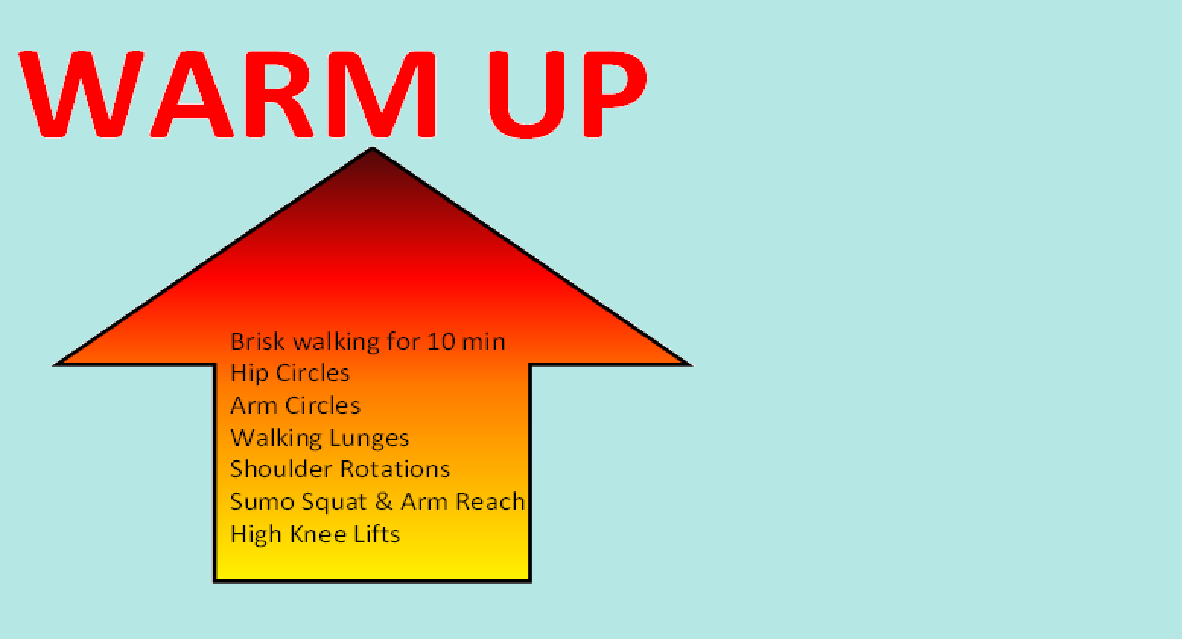Based on our health and fitness assessments, our health professionals will individualize a training program based on your goals and keeping in mind how far along you are.
As an example, we will have a 31 year old woman who is 8 weeks pregnant. We will demonstrate a 1 month and a 6 month fitness plan.
Her 1 month goal is to improve her overall health, maintain muscle mass and reduce her pregnancy symptoms (morning sickness and fatigue).
Her 6 month goal is to prepare her body for the process of labour to allow for a quick recovery after labour, and also to reduce her pregnancy symptoms (leg and muscle cramps, lower back pain, and constipation). This long term goal will focus on strengthening core muscles and maintaining functional independence.
We started her training program by performing the initial health and fitness assessments. Before performing any physical activity, she filled out a PAR-Q form and was cleared by her doctor. We then asked her to sit quietly for 5 minutes before talking resting heart rate and blood pressure. Her resting heart rate was 75bpm which is in the range of normative values (60-80bpm). Her blood pressure tested at 125/78mmHg. The normal value is 120/80mmHg however pregnancy can tend to increase blood pressure which is why it is recommended to exercise to help regulate blood pressure. Her weight before pregnancy was estimated around 130lbs. She now weighs 140lbs which was calculated to be 6 pounds of unnecessary weight gain. For being 8 weeks pregnant, the total recommended weight gain is between 2-4lbs.
We then assessed her aerobic fitness by having her perform the mCAFT step test. She wore a heart rate monitor because this test is strictly based on heart rate. We predicted her heart rate max (220-age) to be 189bpm which we used to calculate her ceiling heart rate for the test which is 85% of her heart rate max (189 x .85). This was calculated to be 160bpm. Her age and gender was used to determine the stage for the test. She started at stage 3, and followed the prompts from the CD until she reached her ceiling heart rate or experienced adverse symptoms. She stopped the test at stage 6 and then her aerobic fitness was calculated.
Score= 10x [17.2+(1.29 x O2 cost of last completed stage)-(0.09 x Body mass)-(0.18 x age)]
= 10x [17.2+(1.29 x 29.5)-(0.09 x 64kg)-(0.18 x 31)]
= 439.15ml/kg/min
We took this value and look at the chart of health benefit zone from aerobic fitness score and her rating for aerobic fitness was very good.
Lastly, we tested her musculoskeletal fitness by assessing her muscular endurance through performing assisted push ups.She was able to perform 15 push ups which ranked as good on the health benefits zones chart. Then we did the hang grip test to assess muscular strength. Her left hand max grip averaged at 26kg, and her right hand averaged at 25kg. By adding these scores together we got a total of 51kg which rates as fair on the health benefits zones chart. We assessed her low back health through the flexibility test of a sit and reach. This resulted in reaching 35cm which is ranked good on the back health chart. We also looked at one repetition maximums to help create a weight training program.
A warm up and cool down should be performed during every bout of exercise.
Fitt Program : This FITT program outlines details recommended for pregnant women who wish to use our open gym facilities. This program is based on resistance, cardiorespiratory and flexibility exercises.



